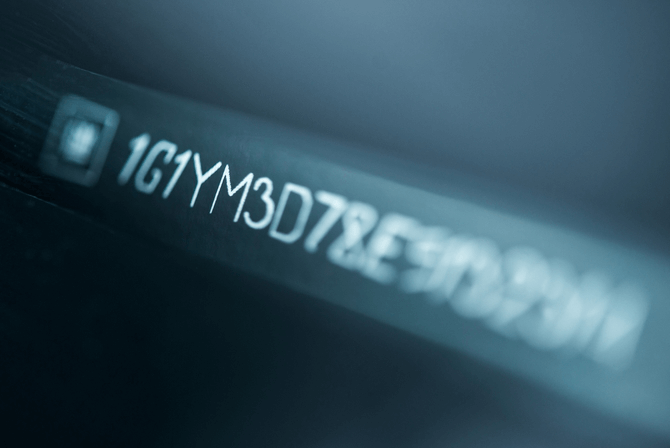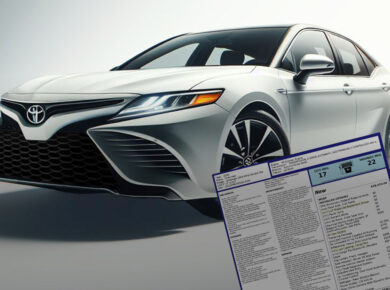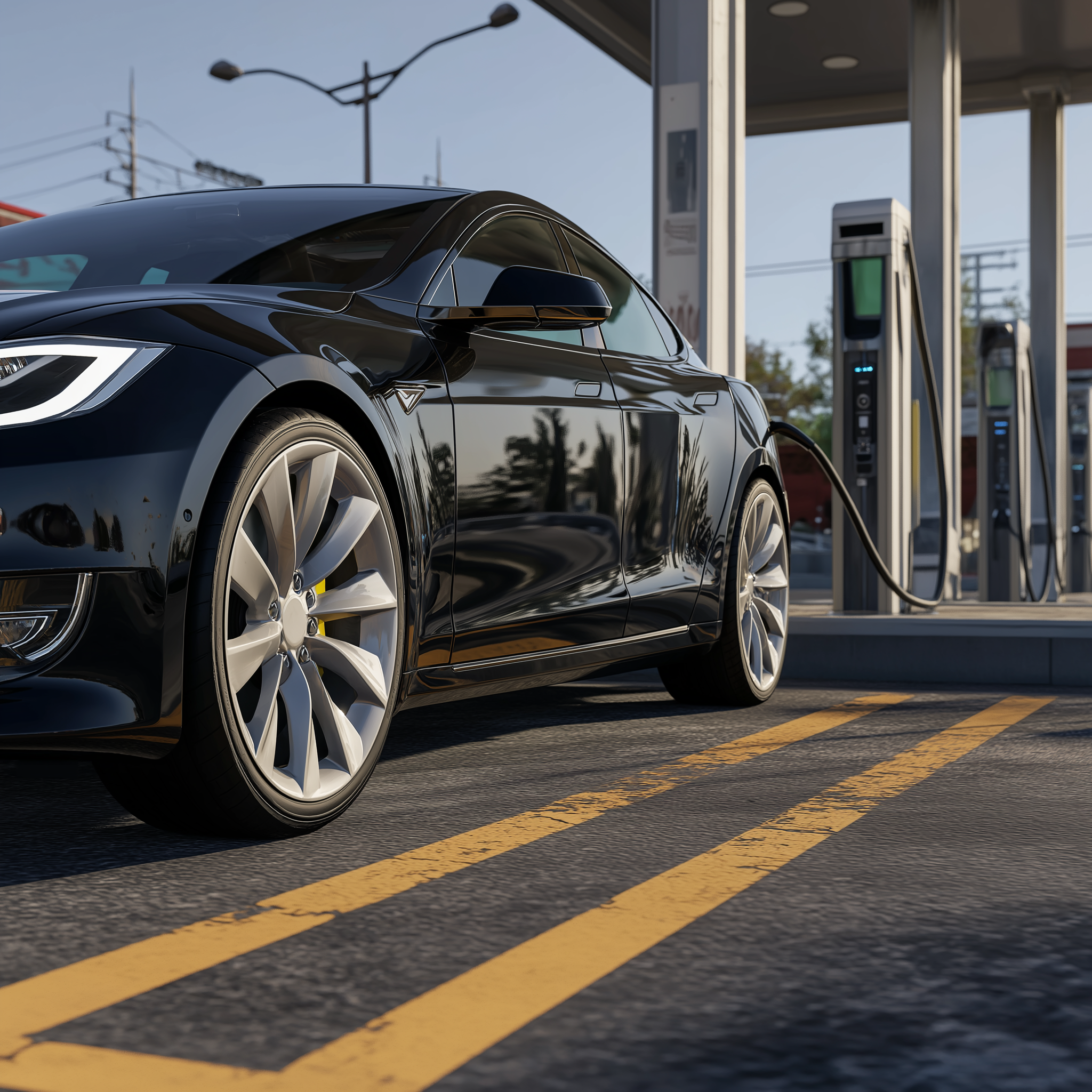Car enthusiasts and dealers find a VIN lookup to be a fast and reliable way of revealing all the details concerning a vehicle’s background. It includes car specifications, recall records, ownership and car title history, odometer readings, lien and theft notes, and many other useful pieces of data. Such information will be especially handy for those who participate in car online auctions like AutoBidMaster. The reason is that when you bid on a bunch of vehicles, choosing those with a clean background and no significant issues hidden in their history is extremely important.
At the same time, it is impossible to use a VIN decoder and conduct the VIN number check properly in some cases. There is a list of reasons for it. Fortunately, it is possible to correct most of these issues. We at ClearVin will clarify the topic with pleasure to help our clients and readers keep abreast of and be aware of the subject.
Your VIN Number Doesn’t Contain 17 Digits

Although VIN code was first implemented in 1954, it didn’t have a univocal structure for data storage, analysis, and presentation that would have met commonly accepted standards. As a result, car manufacturers were forced to use their own rules concerning automobile identification. Some automakers used alphabetic characters to identify the car model, while others utilized a combination of alphabetic and numeric symbols. Thus, it was difficult to accurately check VIN number. Furthermore, there was no easy way to determine the make, model, and other important information about a vehicle based on its VIN.
Another key point is that VIN numbers included only 9 or 11 digits until 1981, when the National Highway Traffic Safety Administration solved the issue with the code regulation. It made vehicle registration and other operations complicated and chaotic. Since then, automakers, drivers, and other institutions have been using the unique and strictly regulated 17-digit VIN system. It causes a bunch of issues for the VIN decoding of cars manufactured until 1981.
Due to significant differences in encrypting and arranging the automobile’s background information, software solutions and databases for vehicle history lookup can run into problems and don’t reply. The best way out of this situation is to visit a car service center where qualified specialists can provide you with the full list of details concerning a used vehicle. Alternatively, you can call the dealer that sold the vehicle for the first time and receive some necessary pieces of information.
Your VIN Number Includes a Prohibited or Illegal Symbol

To make the VIN decoding system arranged, the regulatory institutions obliged car manufacturers to follow a strict VIN number structure. It was aimed at avoiding faults and inaccuracies. For example, a person can easily confuse “1” with “I” or “Q” with “0.” That’s why international standards contain some specific rules to eliminate the usage of mentioned letters in a VIN code.
However, some misconceptions and mistakes can take place here, which result in your VIN not decoding. Often, it depends on the country’s specific rules and regulations concerning VIN encryption. For instance, the Iranian manufacturer Khodro assigns to their cars a VIN code that begins with an IN1 structure. However, the common international standards don’t allow the letters I, O, and Q to be used in the code due to the similarity of their style to numbers. Furthermore, if the letter “I” is replaced with “1,” then the VIN number will correspond to the American Nissan or Nummi factories.
Another point here is that your VIN number may contain an illegal symbol as a result of previous fraud that you are not aware of. To hide some undesirable vehicle history details that can be revealed during VIN decoding, fraudulent persons often change the number’s structure and symbols included. In such cases, your VIN will also not be decoded. The best solution here is to apply to a local DMV if you are a resident of the United States or to a relevant institution in your country. You will get a detailed consultation on how to correct the VIN code.
Your VIN Number Doesn’t Get Through the VIN Checksum Test

Some manufacturers make different vehicle identifications for various geographic areas. That’s why there is also a possibility of a VIN structure change that can be insignificant but result in a VIN decoding fault.
For example, vehicles destined for the U.S. or Canadian automotive markets have a special digit in the 9th VIN position. It aimed at verifying whether the VIN code is valid or not. This checking symbol must be either a numeric digit with a value of 0 through 9 or the letter “X.” A special verification algorithm, which includes five steps, is responsible for the VIN inspection.
If you want to examine a vehicle manufactured for the American or Canadian automotive market exclusively, the VIN lookup results will depend on the 9th code symbol’s correctness. As in the previous case, it’s better to visit your local DMV or a relevant organization in your country to solve the issue if you can’t decode the VIN number.
Your VIN Decoder’s Database Doesn’t Cover Your Vehicle

When conducting a VIN lookup, you have to be aware that various decoding tools may correspond to various areas of data. For example, the solution can cover vehicles registered only in the USA or Europe. It refers to the geographic coverage of a data provider.
Another situation is when a VIN decoder works exclusively with a certain vehicle class, such as light-duty, off-road, ATVs, etc. When conducting a VIN lookup, you may face the issue of not decoding if your vehicle is outside the data provider’s category. Thus, it’s extremely important to learn all the key nuances of the VIN decoder you want to use prior to entering the code or paying money for the VIN check report.
If we speak about ClearVin’s database coverage, we work with vehicles registered in the United States and Canada. You can conduct a VIN lookup for passenger cars and light-duty pickup trucks from the model years 1981 through 2023. We enrich our database with new records daily. As a result, it currently covers more than 70 makes, around 1,500 models, and over 20,000 trim levels. It’s an impressive result of constant and dedicated work from the ClearVin team of professionals that makes your VIN lookup effortless.
Your Vehicle Is Brand-New or Old Enough

Often, the year of a vehicle’s manufacture plays a leading role in conducting a VIN lookup. The key principle is that any VIN decoder relies on specific databases that are constantly updating their records. There are situations when a brand-new vehicle just received from a plant is not covered by the VIN data provider and is not in its database yet. A car manufacturer can also postpone the VIN information release until a certain date. All of this leads to the impossibility of decoding a VIN.
The same is true for vehicles that are old enough. Typically, a VIN data provider establishes the car’s age limit to keep its databases clean and well-organized. As a result, the system deletes outdated records, and you cannot decode a VIN anymore. To avoid the VIN lookup issues mentioned here, clarify all the terms and conditions a VIN data provider offers you.
Your VIN Decoding Can Refer to A Few Vehicle Configurations

According to established international VIN standards, car manufacturers cover the most important information concerning any vehicle in the description part of a VIN code (4th–9th digits). Many automakers are trying to embrace the immensity inside these six symbols: the body type, the model, the engine, and other machine performance parameters.
At the same time, some VIN lookup issues may occur when dealing with such a huge amount of specific information. During the vehicle specifications reveal, VIN decoding solutions can run into trouble if there are a lot of vehicle configurations they need to analyze. As an example, you would get a less precise VIN report if a car had too many trim levels.
For instance, you are looking for the 2016 Toyota Camry LE history report. If a VIN decoder doesn’t have the data concerning your LE configuration, it will only gather information based on the 2016 Toyota Camry itself. That’s why you should pay close attention when it comes to such cases.
In the End
As you can see, there is a list of key reasons why your VIN decoding can run into problems. In most cases, it depends on the database records that a VIN data provider uses. We also provide a few other issues you might face when using a VIN decoder, for instance, the car’s age, its registration, and the code structure. The key point here is to be attentive during a VIN lookup and to clarify all the terms and conditions first.
The ClearVin platform is here to help you not get confused with some VIN peculiarities and conduct your VIN decoding fast and properly. We provide well-qualified support concerning auto history disclosure. Our database includes only reliable and verified information about the condition of a vehicle, its owner, previous sales, and many other details. Furthermore, we offer a bulk vehicle history report for those involved in business. You can look over the available solutions on our website. Feel free to contact us online or call us at +1 (844) 268-5991 (8:00 AM–3:00 PM EST, Monday–Friday) and ask your questions.










